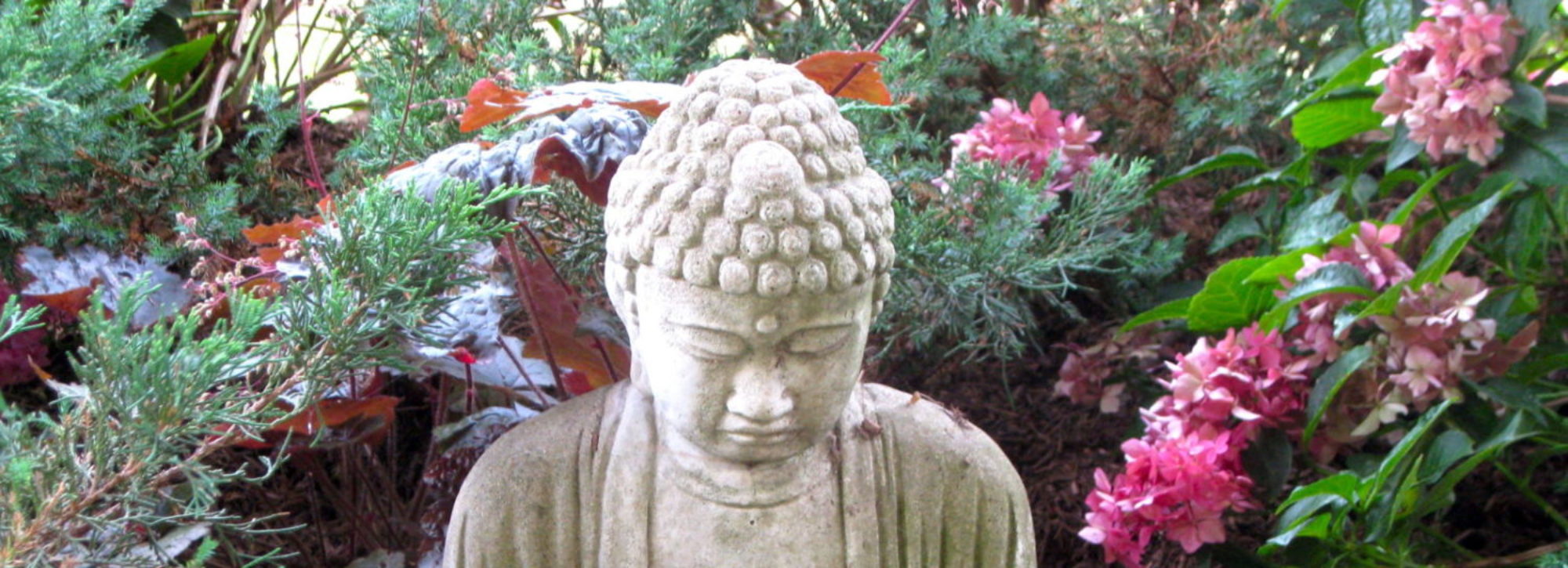 We rediscover our bodies in meditation. It’s as if a previously silent realm has begun to speak.
We rediscover our bodies in meditation. It’s as if a previously silent realm has begun to speak.
The brain normally privileges vision and hearing and assigns a lesser priority to somatic sensations (unless they are quite strong) arising from the body. The brain also prioritizes sensations and perceptions that are socially relevant, or that pertain to either our safety or successfully attaining our goals.
When we meditate, however, we avoid all the sensory data we usually privilege or seek out. We limit incoming visual and auditory sensation and suspend (or at least try to!) goal-directed striving. Neglected streams of information blossom into awareness. For many first-time meditators, listening to the body can come as a revelation.
Many people ignore their bodies, either due to deliberate inattention, habituation to repetitive information, or information processing style. The sexually abused, for example, often learn to ignore sexually-related sensations. People who habitually tense their forehead, shoulders, or abdomen when stressed often habituate to sensations from those muscles; they aren’t even aware they are tensed-up. Intellectuals live in their heads, experiencing themselves as purely mental beings who dwell behind their eyes and between their ears; their bodies are a means of transportation for their mental selves, but their bodies are not them. These dissociations from the body all weaken and unravel, however, when one begins to meditate and the body begins to speak.
Novice meditators are often surprised by just how ”noisy” their bodies are. The body, which was formerly thought to be relatively silent, is now a veritable three-ring circus, with messages streaming forth from every square centimeter of skin and from the muscles, joints, and organs. The mouth, for example, contains a torrent of sensations from the lips, tongue, gums, palate, throat, salivary glands and teeth. As we breathe we become aware of the movement of the ribs, diaphragm, intercostal muscles, abdomen, chest, spine and shoulders; we also become aware of the sensations of air moving through our the nostrils, windpipe, chest, and sinuses. We become aware of feelings of warmth and tingling in our limbs, aware of our pulse and the circulation of our blood. All of these sensations compete for our attention in an ever-changing kaleidoscopic cacophony. How is it possible that we didn’t even notice this world before, except when we were ill or in pain?
As we attend to this awakened world of the body we begin to notice the subtle connections between body and mind. We notice the thoughts that arise in response to physical sensations and how they feed back and alter the perception of the sensations themselves. For example, we may become aware of pain. We then may notice a cascade of thoughts in response to the pain:
”Oh, no! Not this again! I can’t stand this pain! Is it going to last for the whole rest of this meditation period? What’s causing this pain? Is it due to serious illness? I hate the way this pain is ruining the tranquillity I’m supposed to be feeling while meditating!”
We might notice how the muscles around the area of pain tense up. We might notice how our mind withdraws from the pain and tries to distract itself. We may also become aware of ways to alter our response to pain. What if instead of treating these pain-related thoughts as reality we observed them as just thoughts? What if we relaxed into the pain? What if we observe pain as pure sensation without reaction? What happens when we do that?
As we begin to re-own our bodies we can hear what our bodies are saying. This body that we inhabit, or better yet, this bodymind which we are, needs proper care and attention. We need to listen to internal messages that tell us when things are out of joint. If we are constantly on the verge of drowsing off, this is our body’s message that we are sleep deprived. If we hear rasps and rales in our breath, this is our body’s message that we need to stop smoking. If we can’t breath freely because we’re overweight, this is our body’s message that it’s time to eat less. If we experience lower-back pain, this is our body’s message that we need to lift objects more skillfully. These messages are often ignored during the normal daily rush of ongoing activities. Listening to the rasps and rales of our breath during meditation, however, with the instruction to ”pay attention!” can be a powerful transformative experience.
We often have negative attitudes towards our bodies. We hate our size or shape. If we have straight hair we want curly hair; if we have curly hair, we want straight hair. We hate the infirm and damaged parts of ourselves. We hate the way we age. This negative narrative about the body often eclipses our direct experience of the actual body. In meditation we experience our actual bodies. We also become aware that our narrative is just narrative, not reality. We can compare the fresh lived experience of the body with our stale old narrative about it. We can let the old stories drop off and let our bodies be. This is how we can grow into self-acceptance.

”All of these sensations compete for our attention in an ever-changing kaleidoscopic cacophony. ” How true. And it gets worse the longer it takes him to ring that bell. When is he ever going to ring that bell? It’s taking forever, surely 30 minutes has passed by now . . .
David, I vaguely remember a story from David Chadwick’s wonderful biography of Suzuki Roshi (Crooked Cucumber) where Roshi left the San Francisco Zen Center while the sangha was in the middle of a meditation, went for a walk, then came back, then went upstairs to his private quarters. Everyone sat in agony anticipating the bell….
Well, I had just composed a very thoughtful comment — hit some button and it all evaporated. There is obviously an existential point to that. What I had to say, although thoughtful (and possibly brilliant? :)) was nothing compared to the beauty of emptiness. Here’s my quick note to say how much I am enjoying reading and appreciating the conversation.